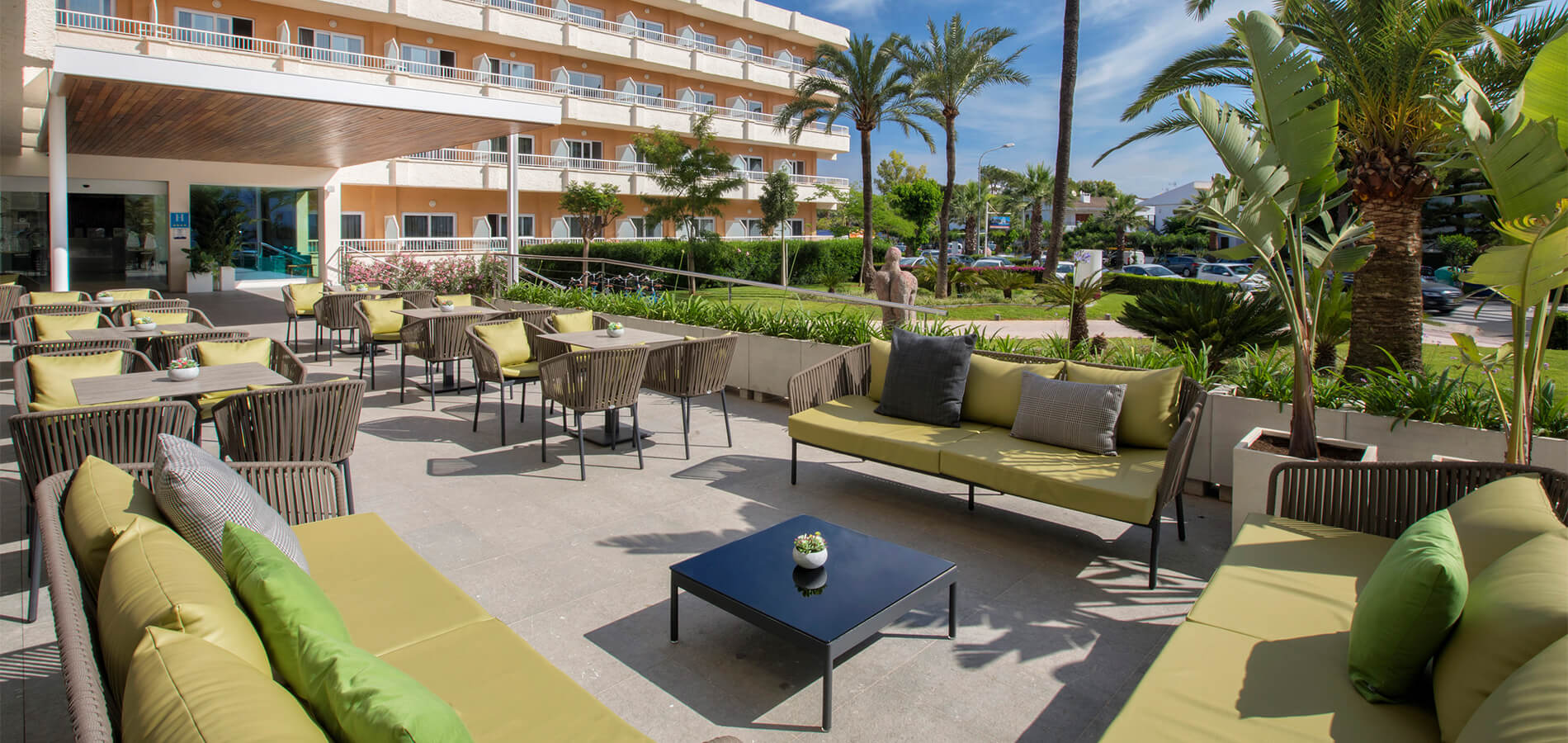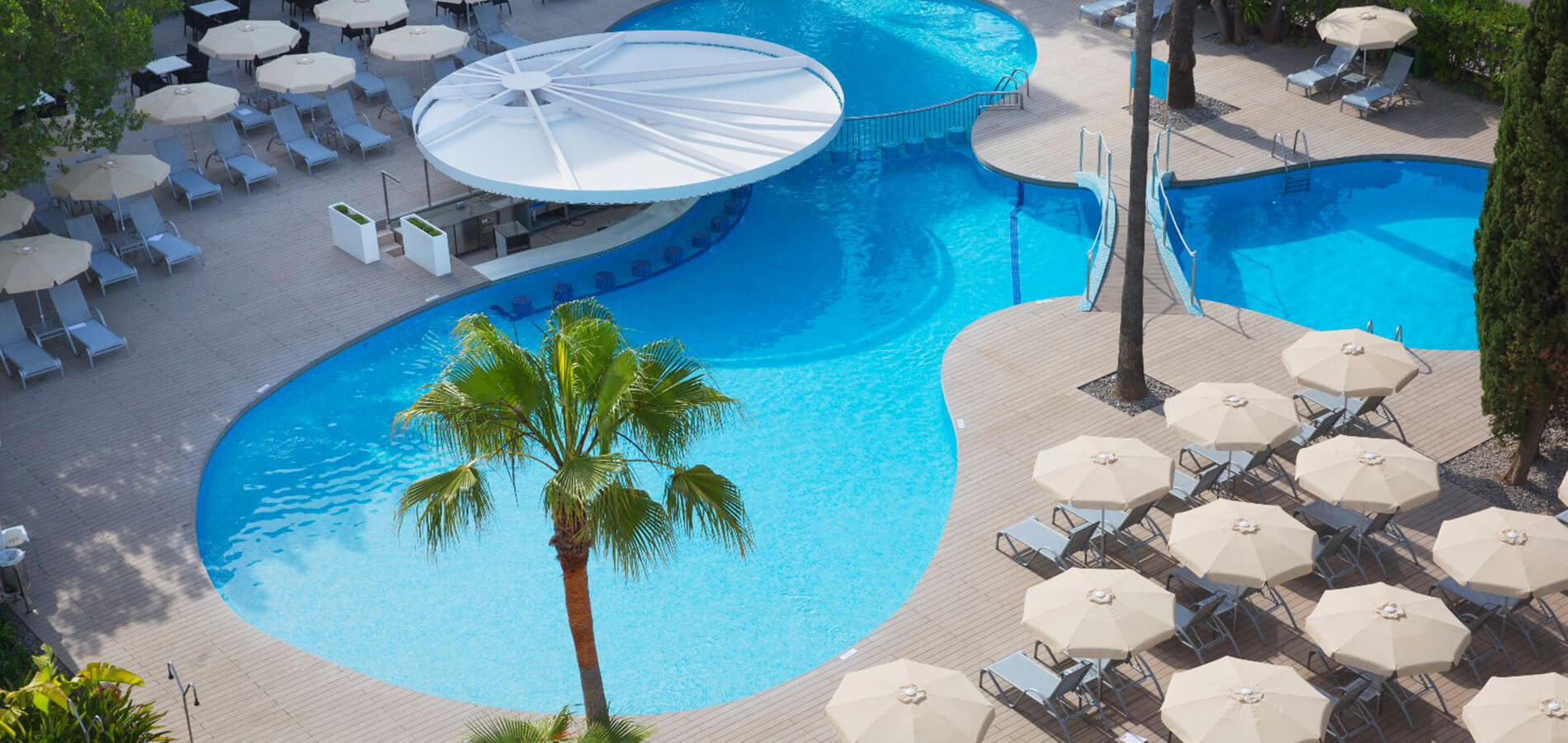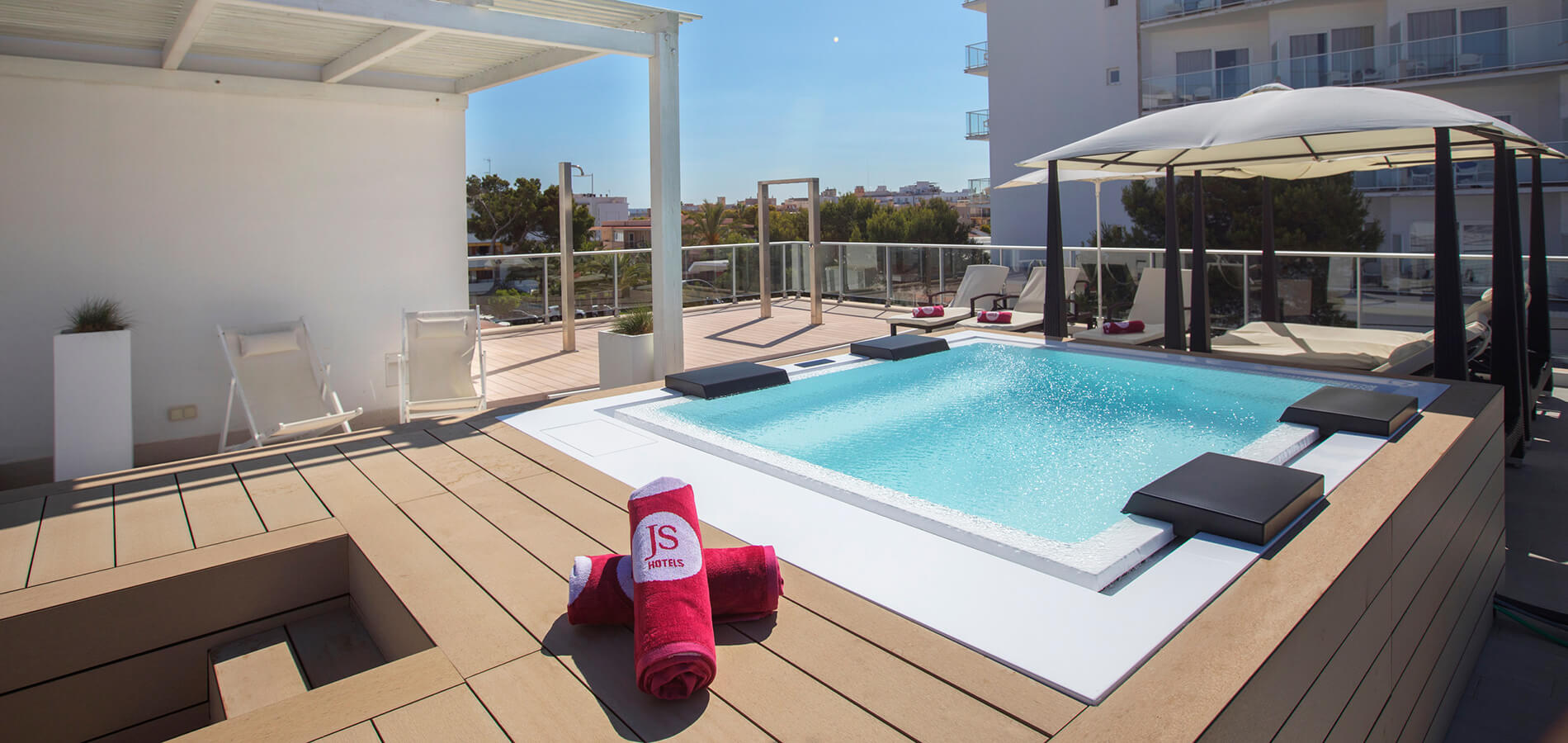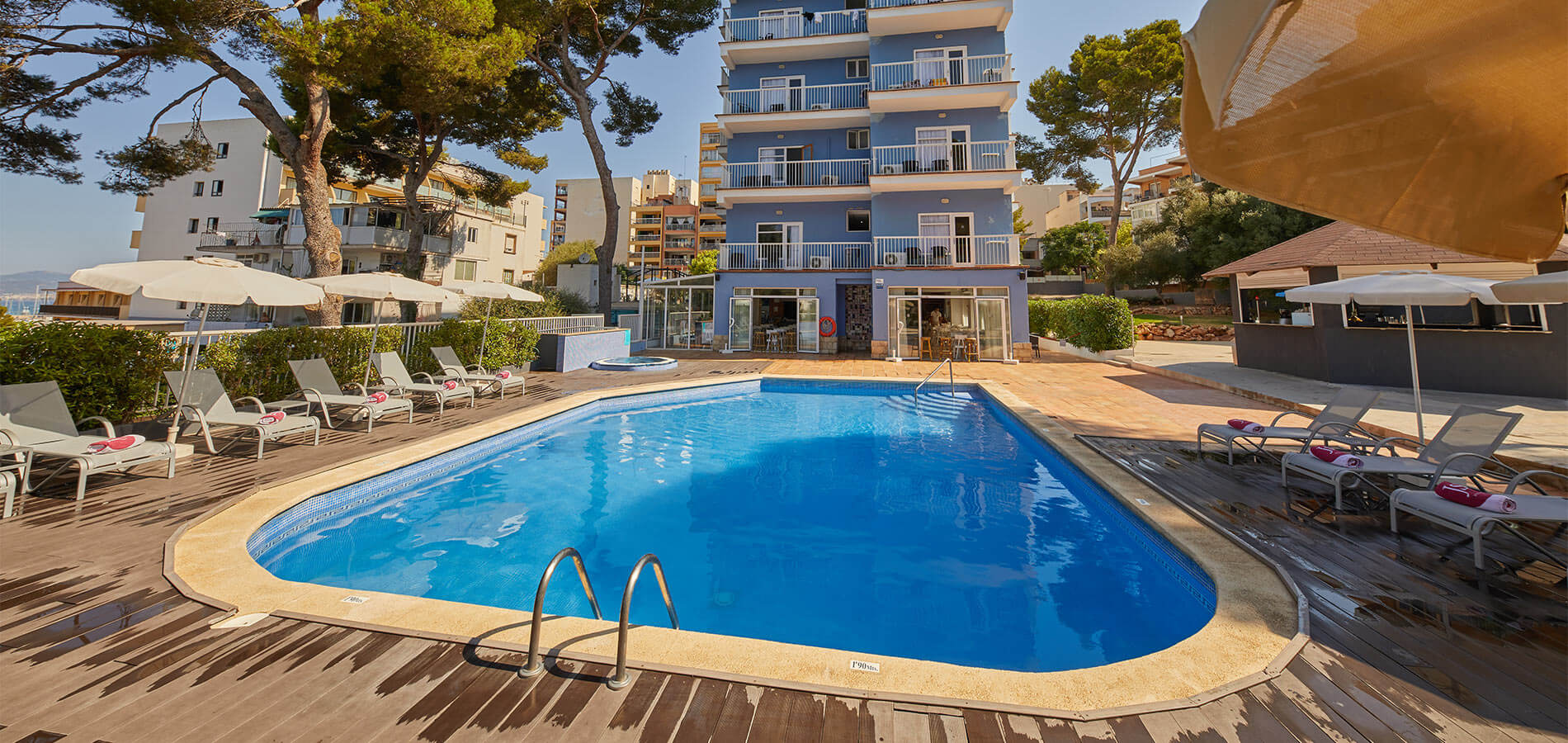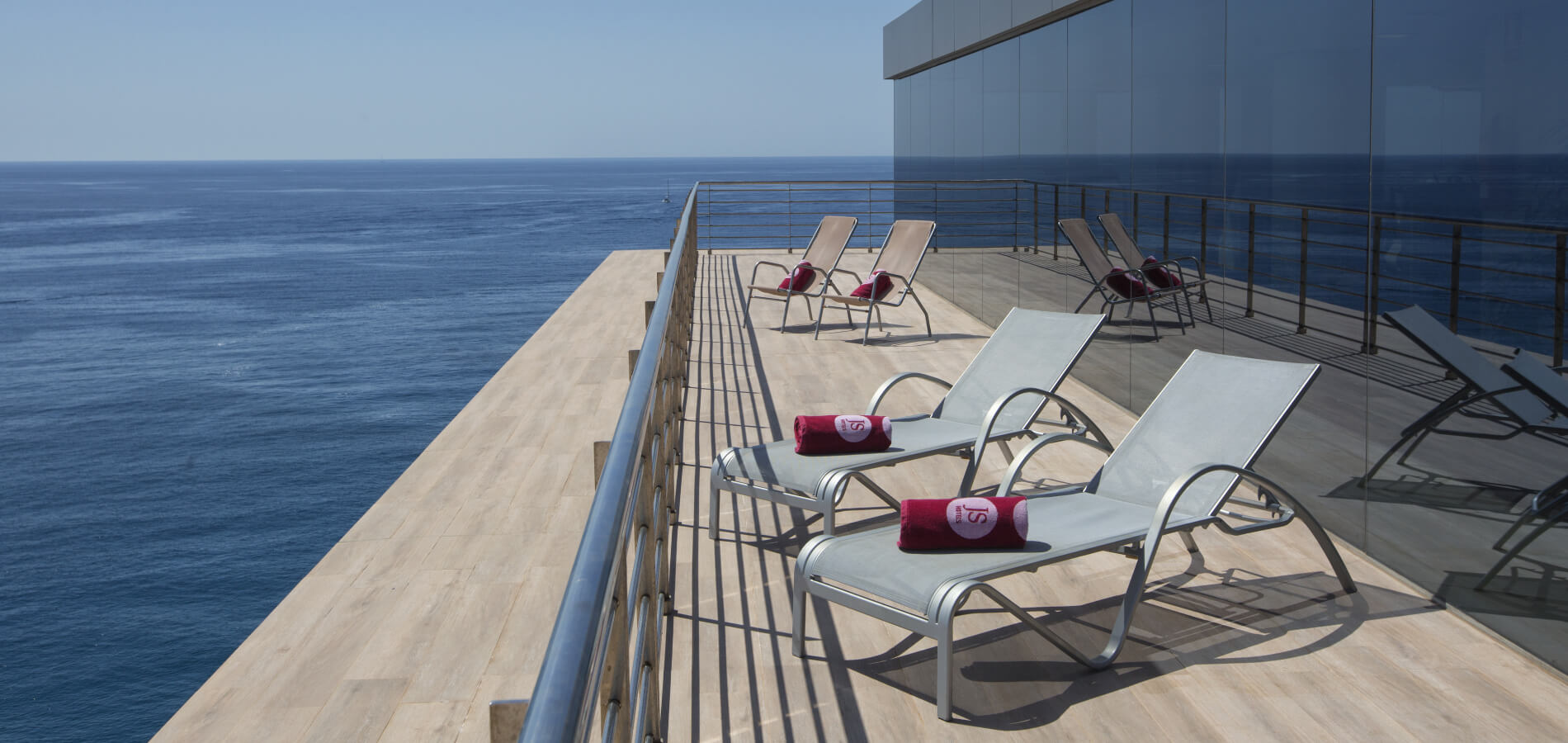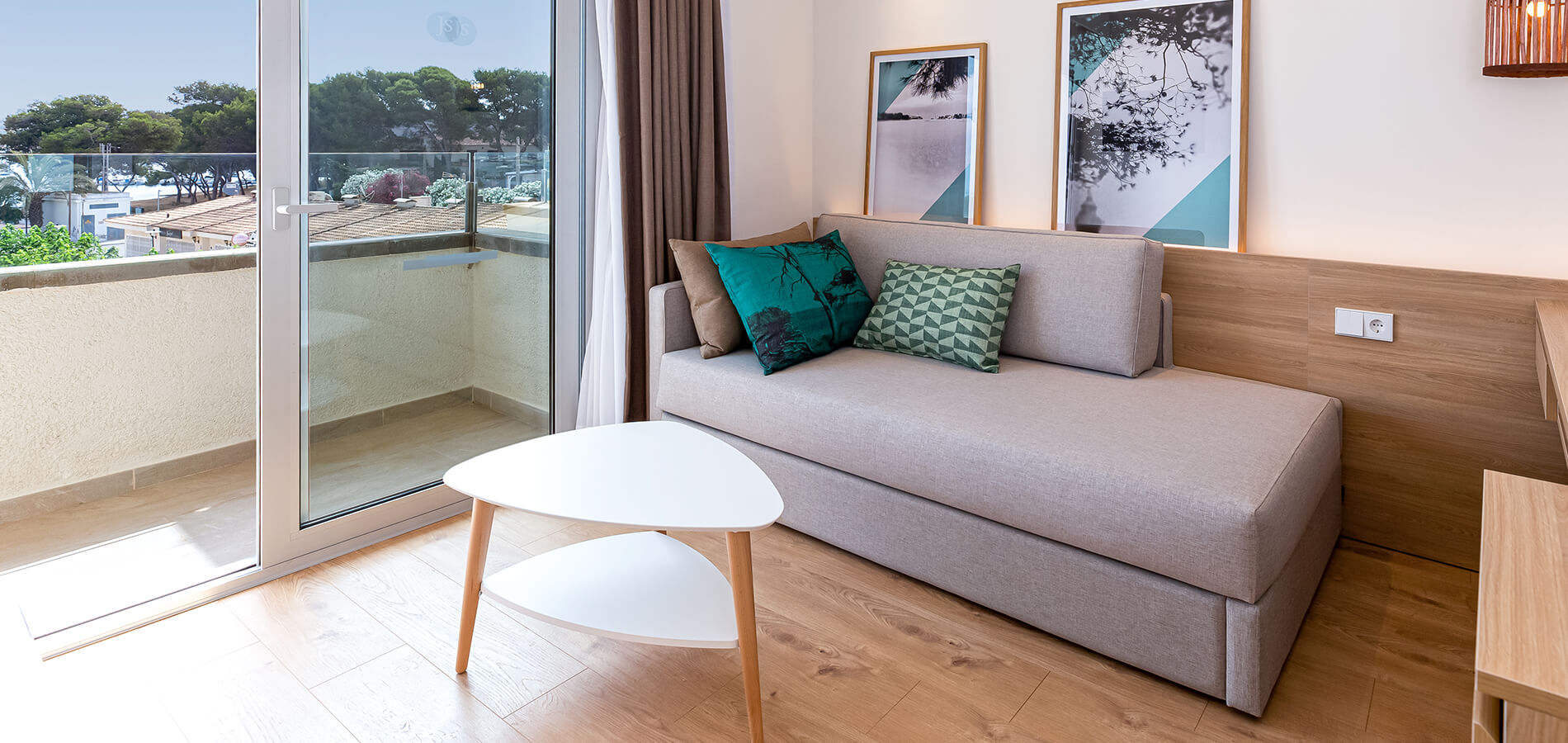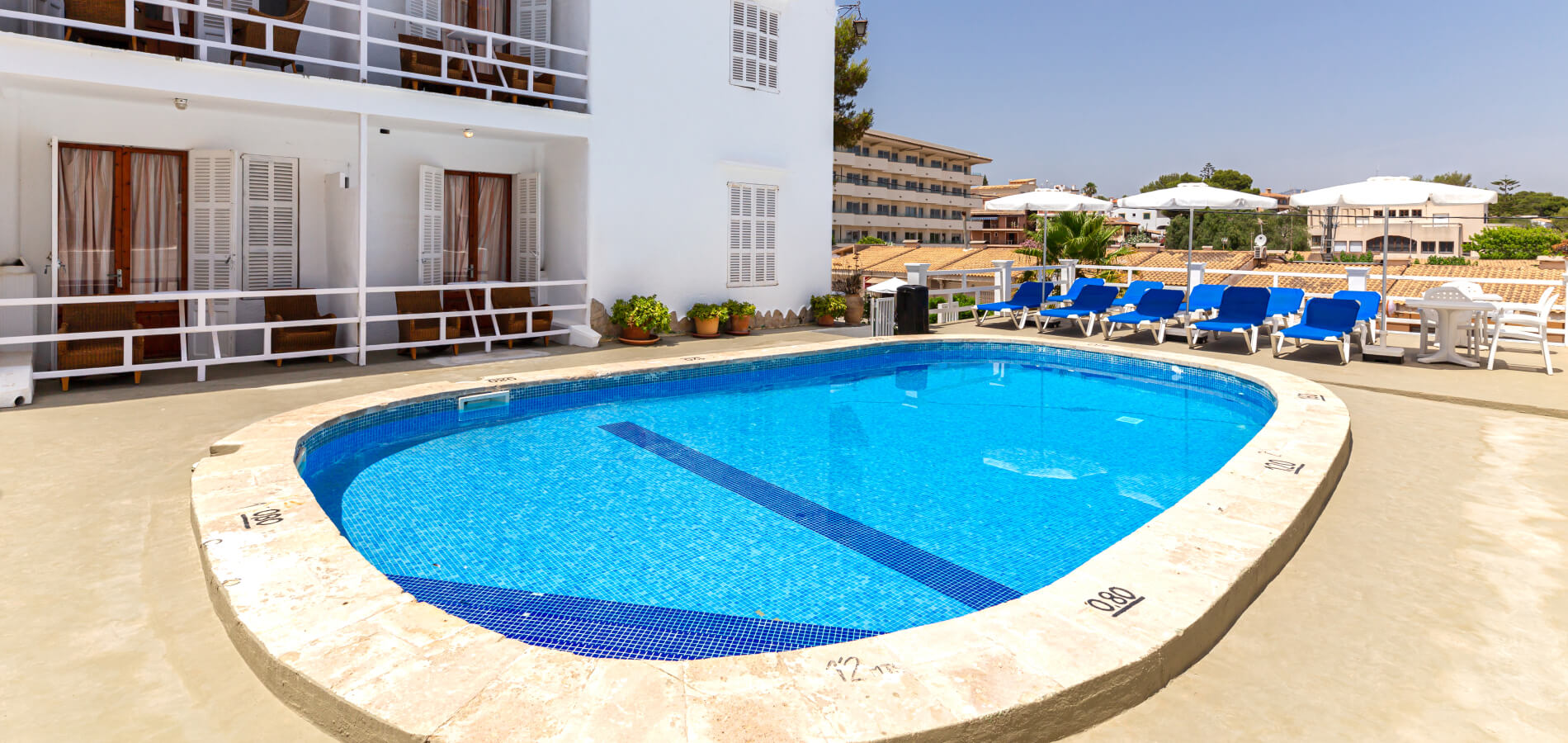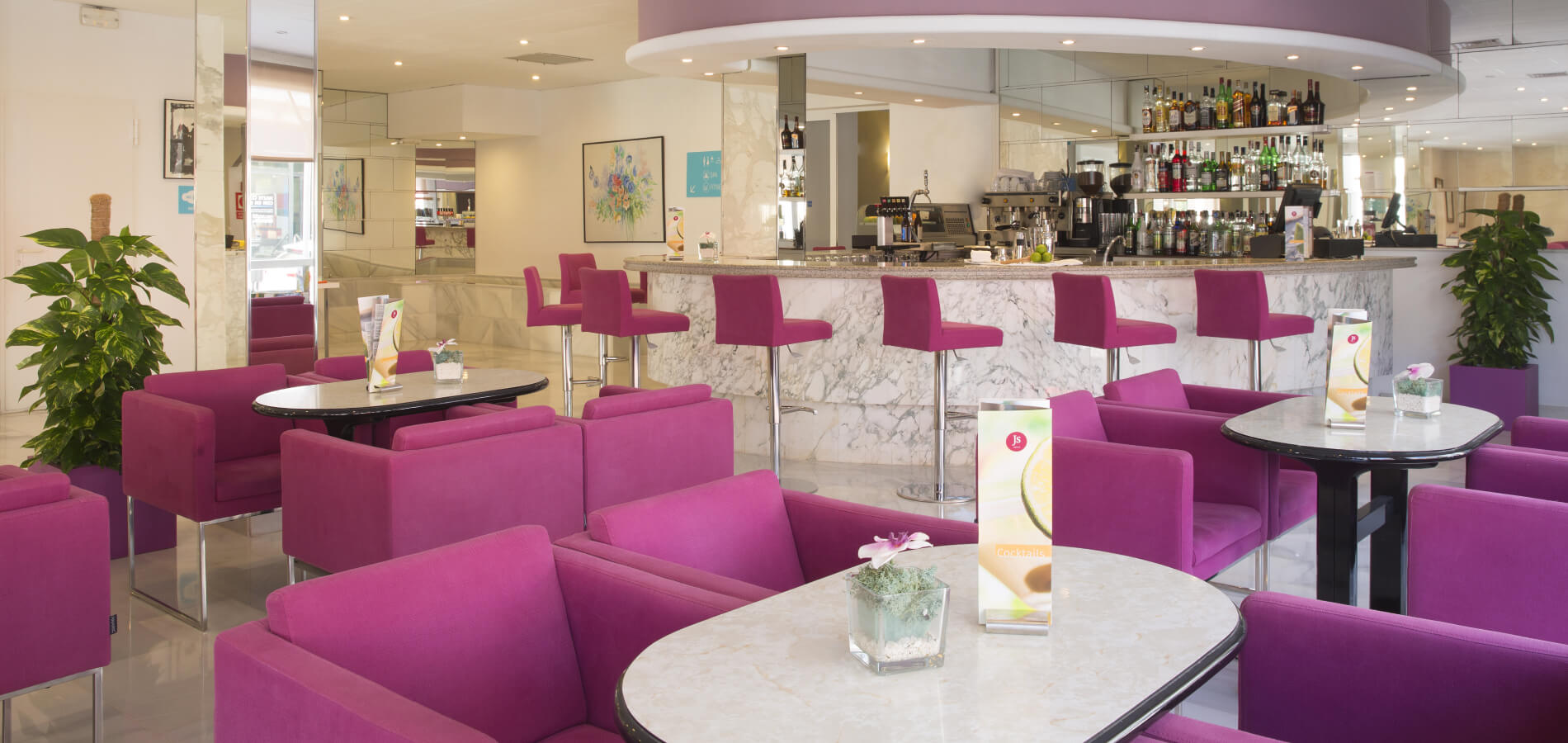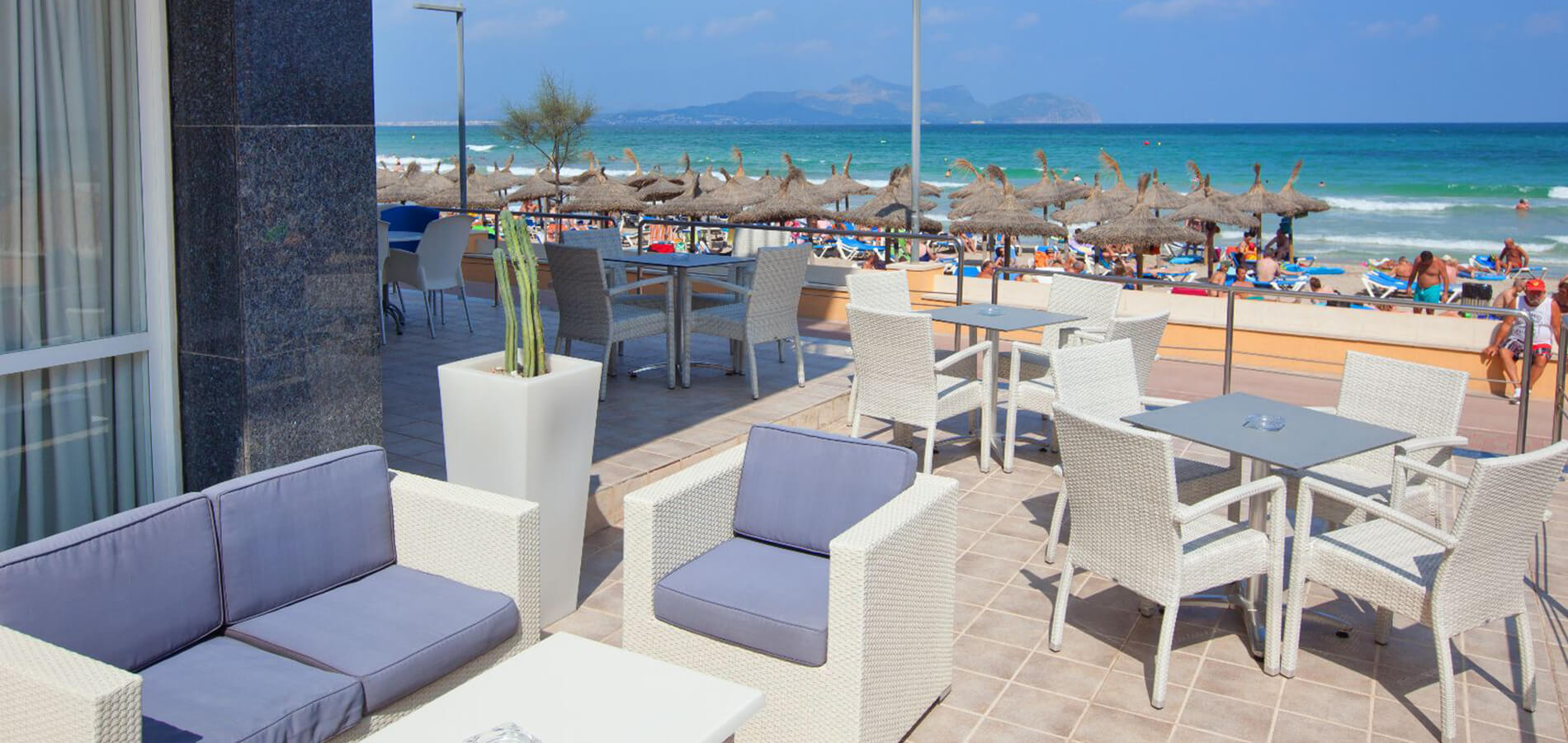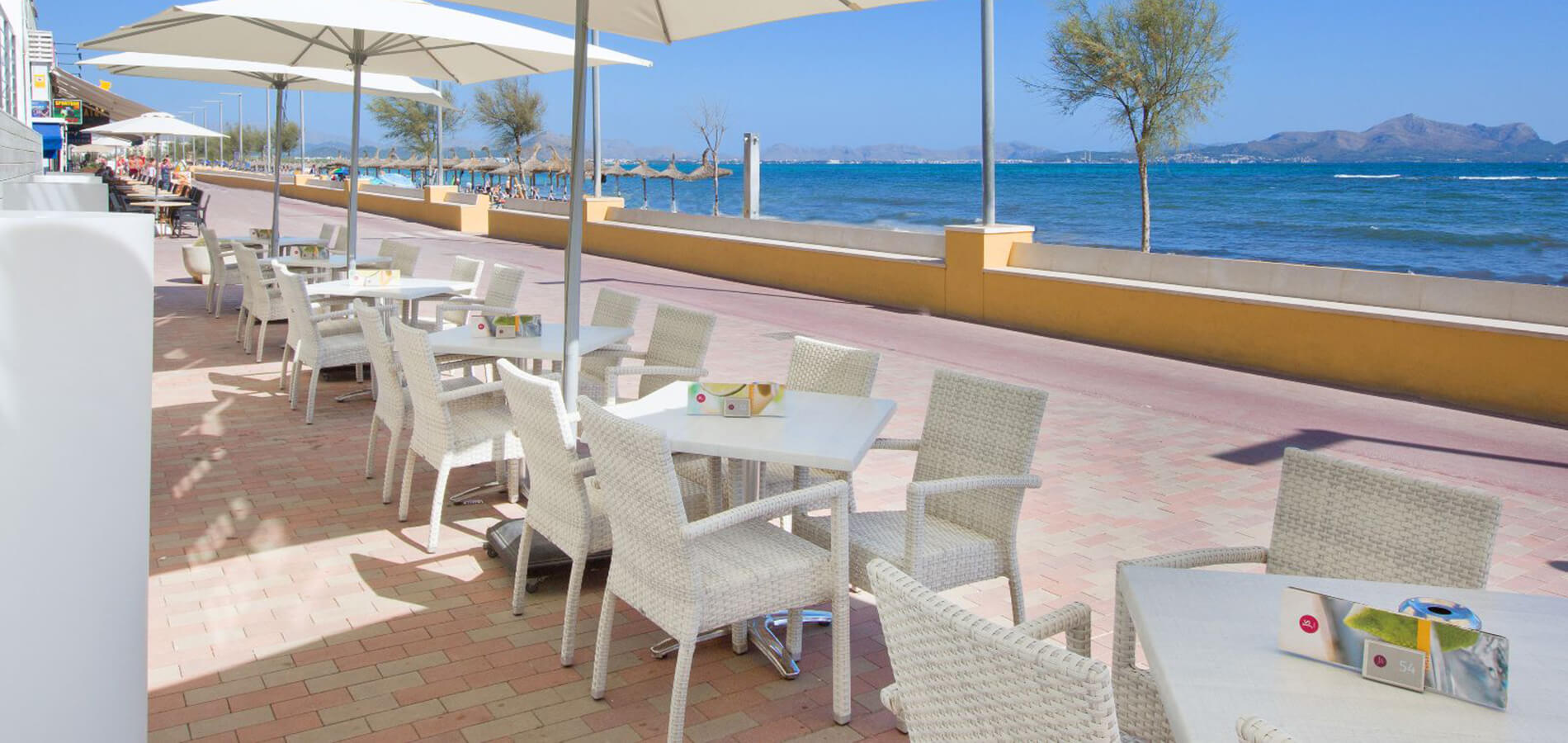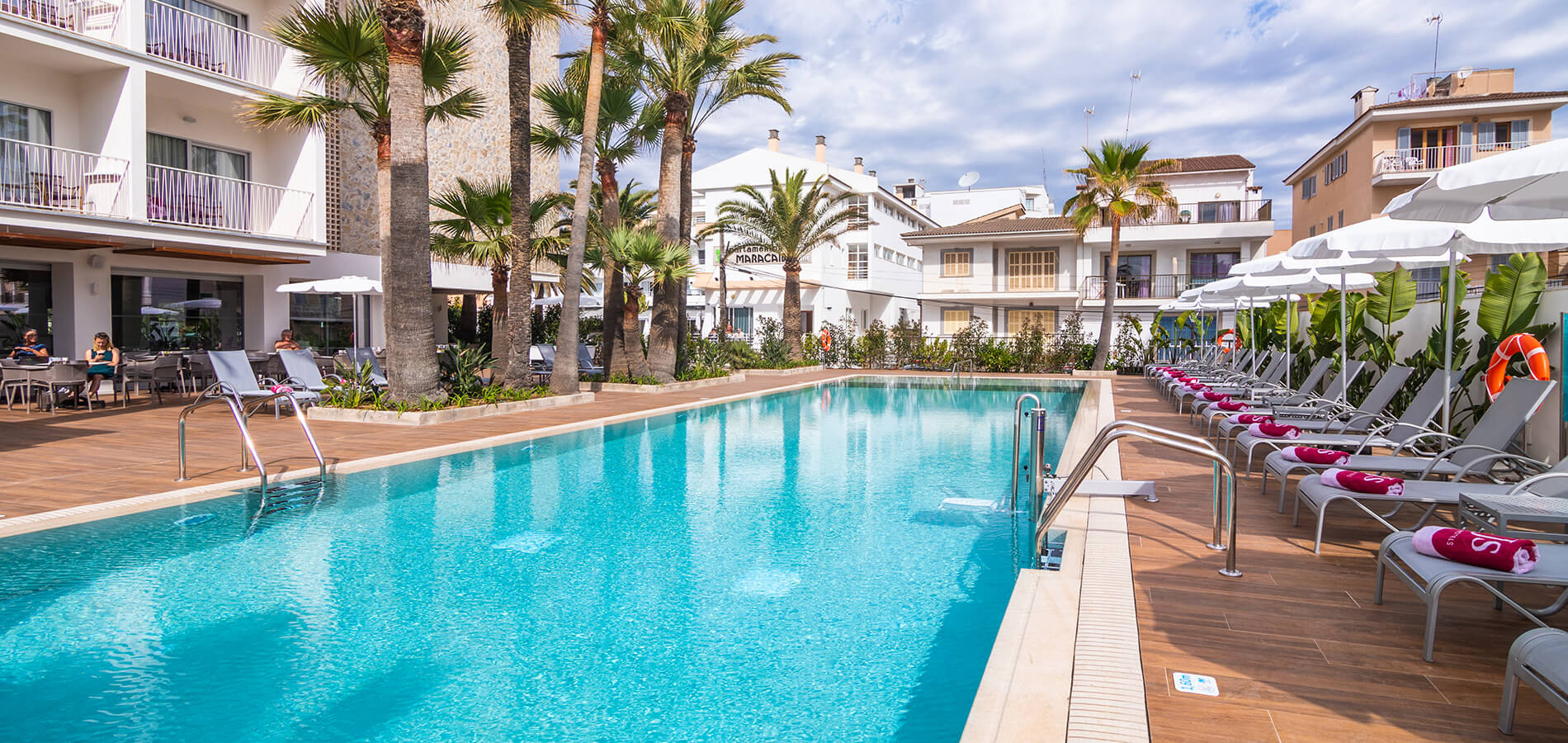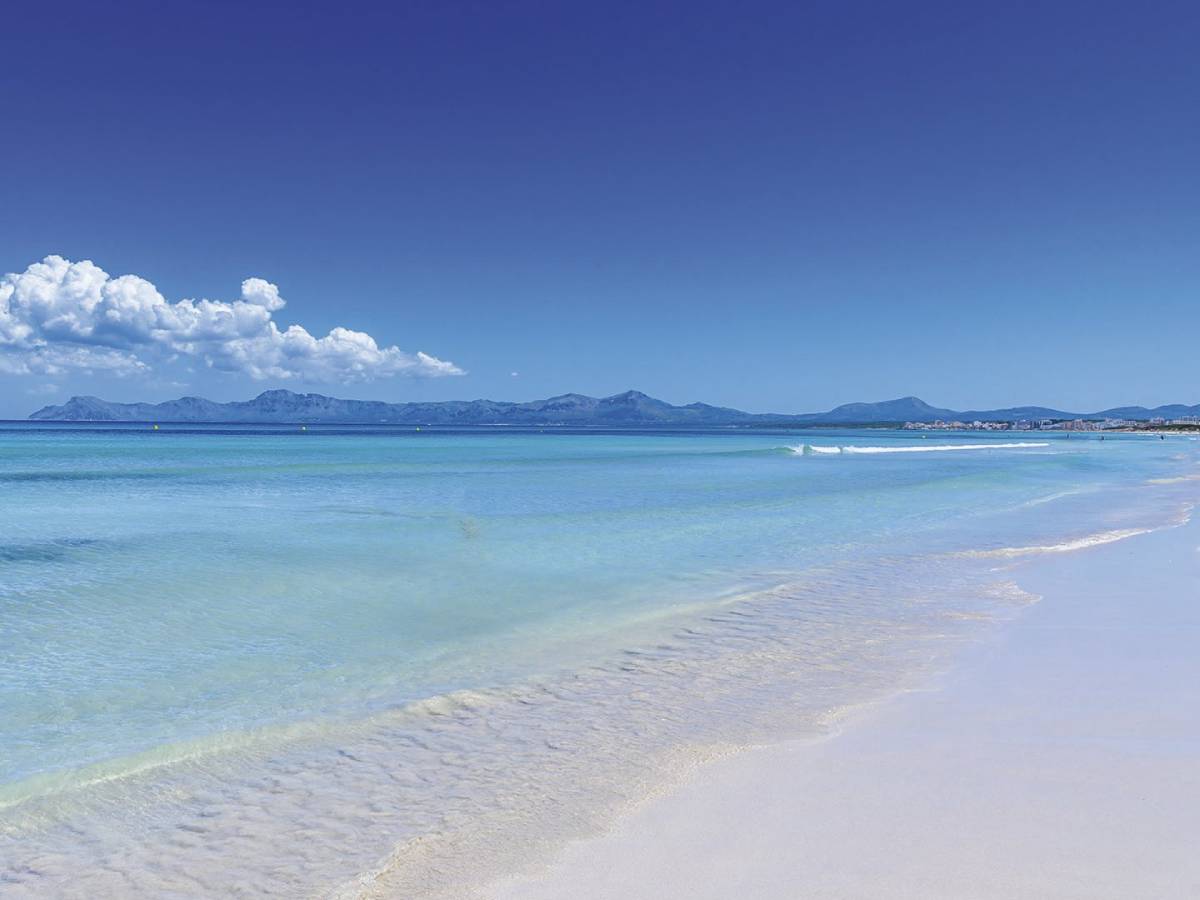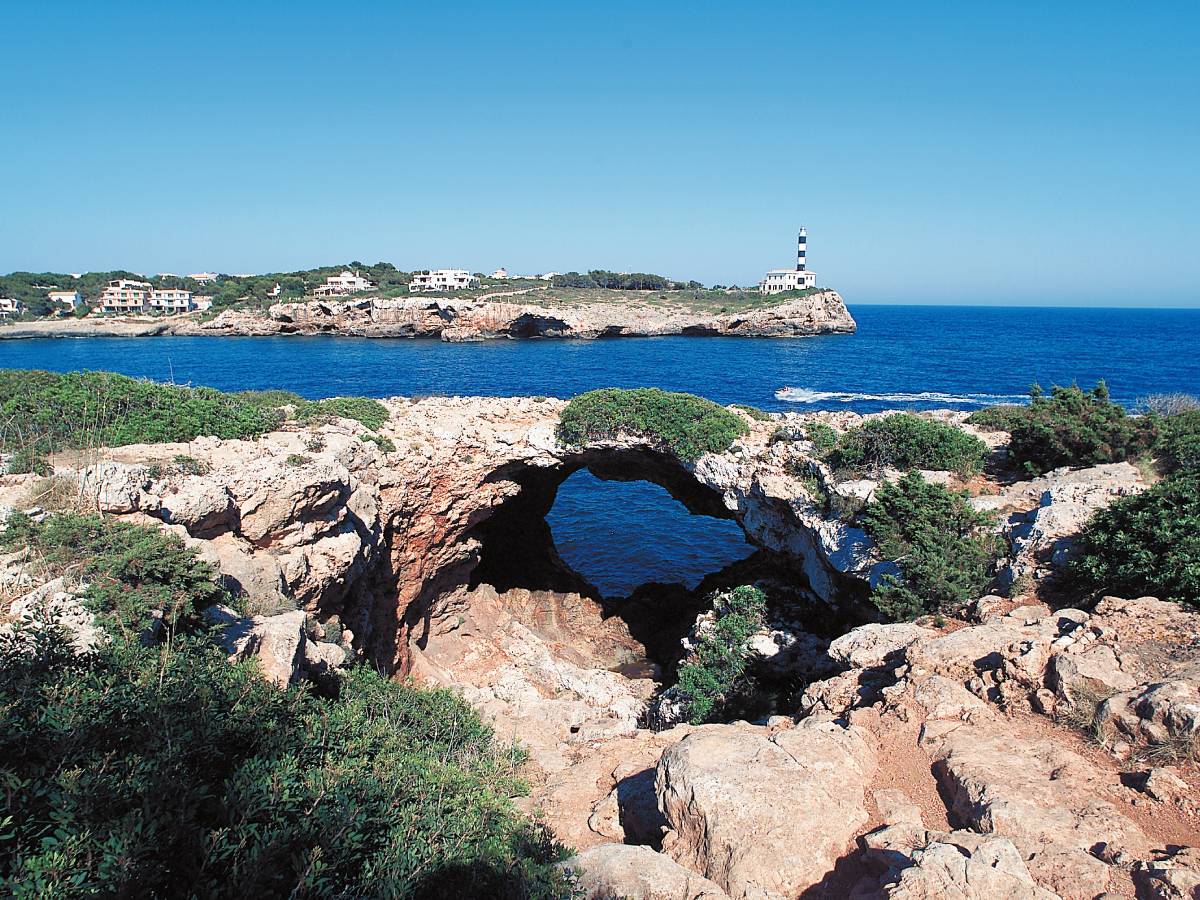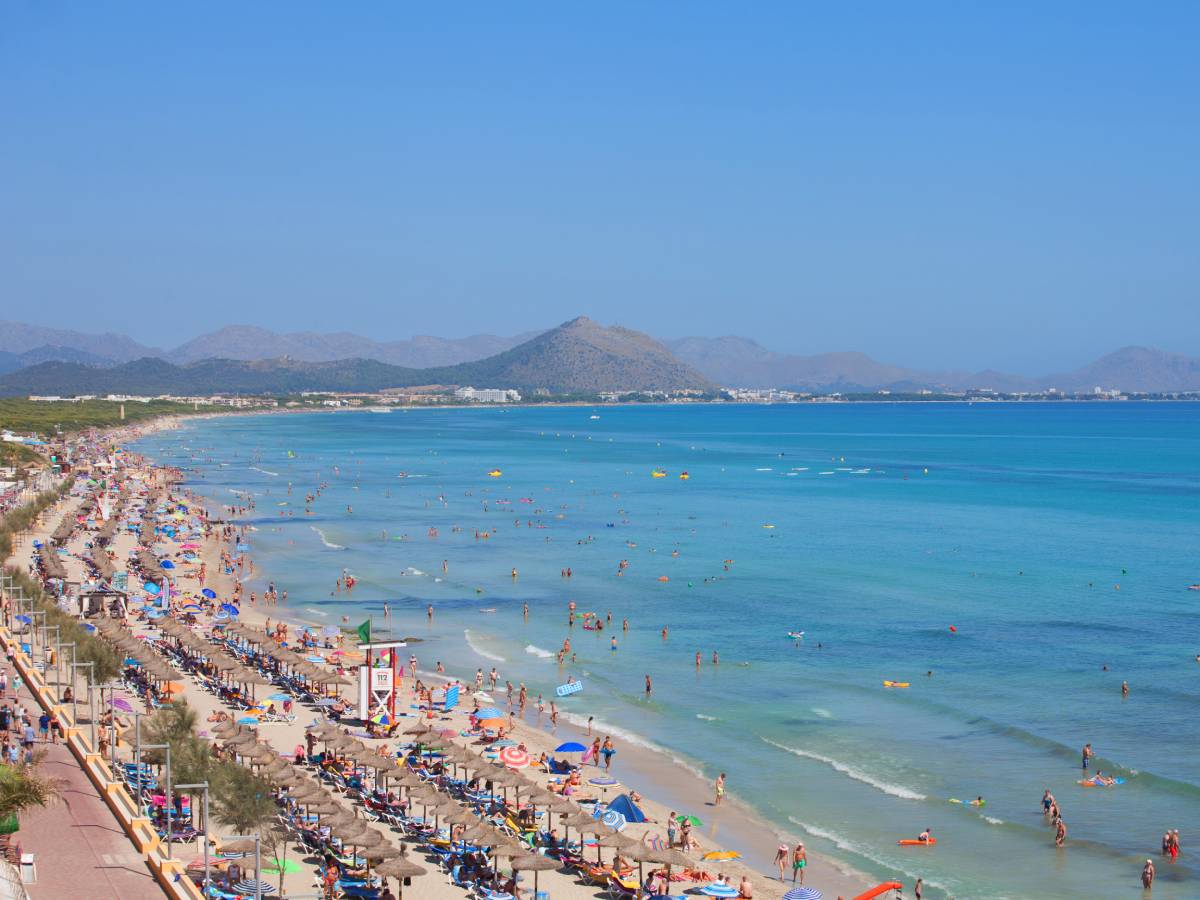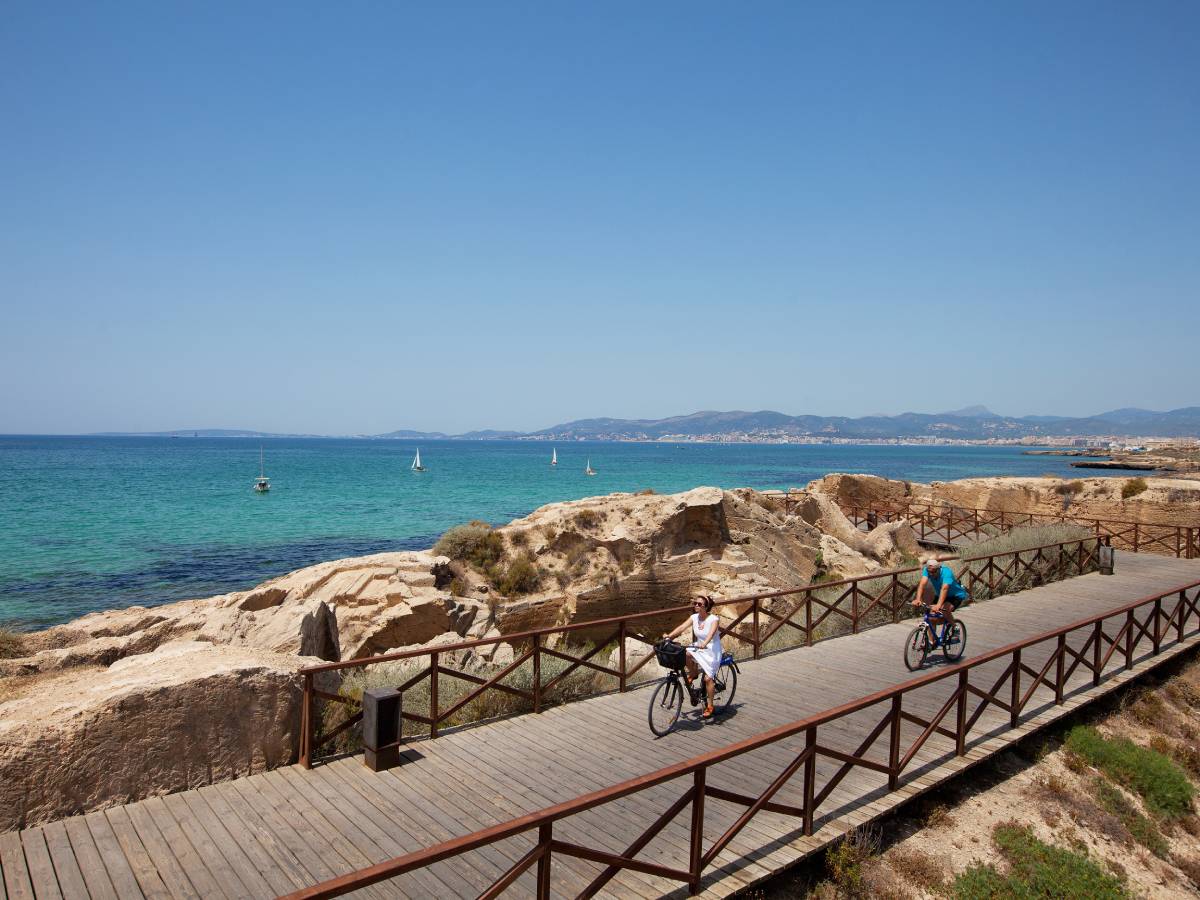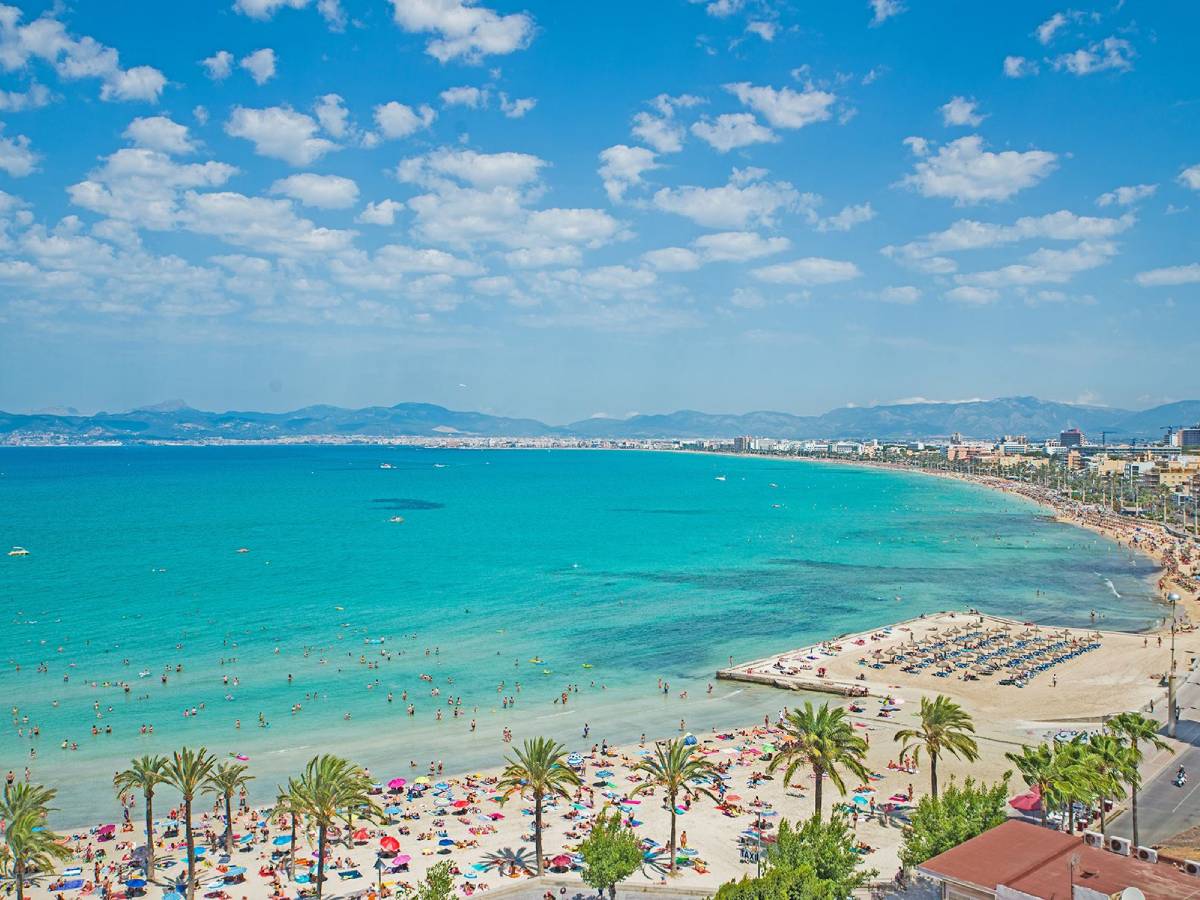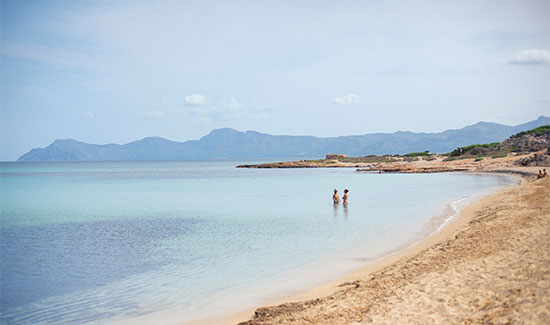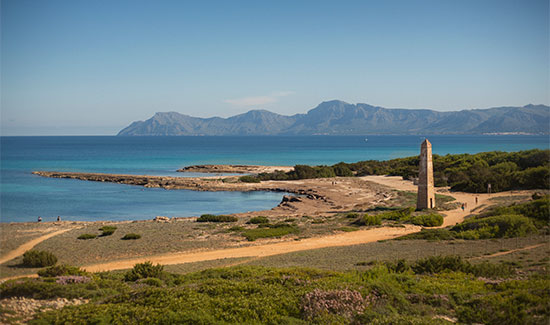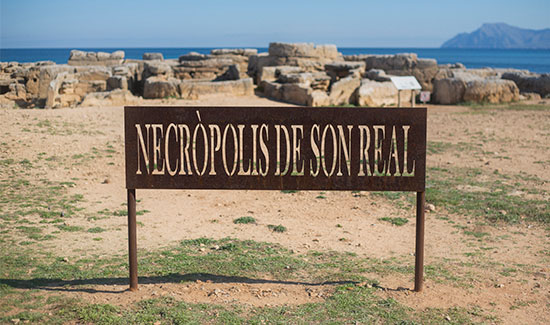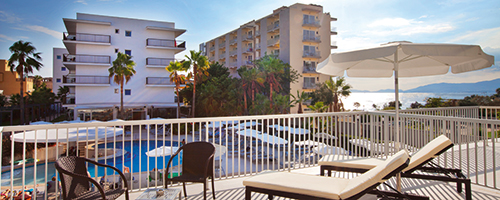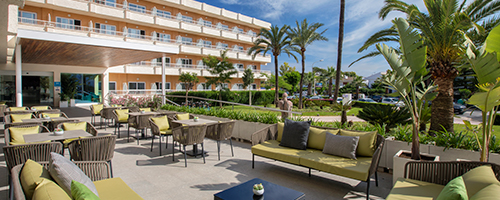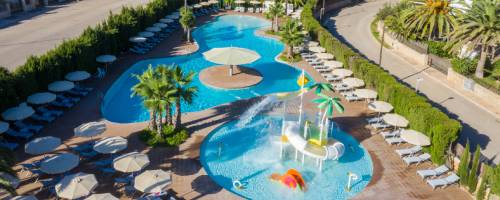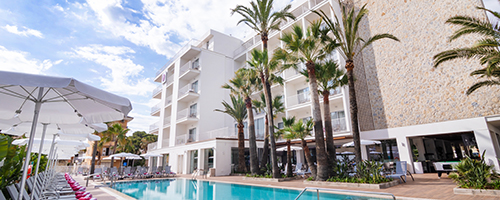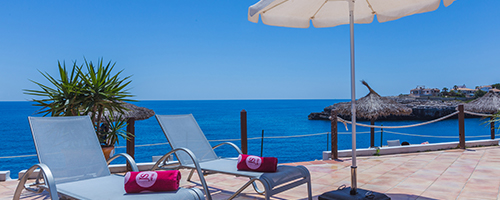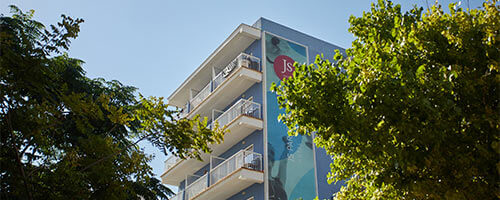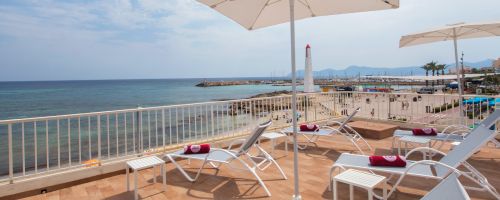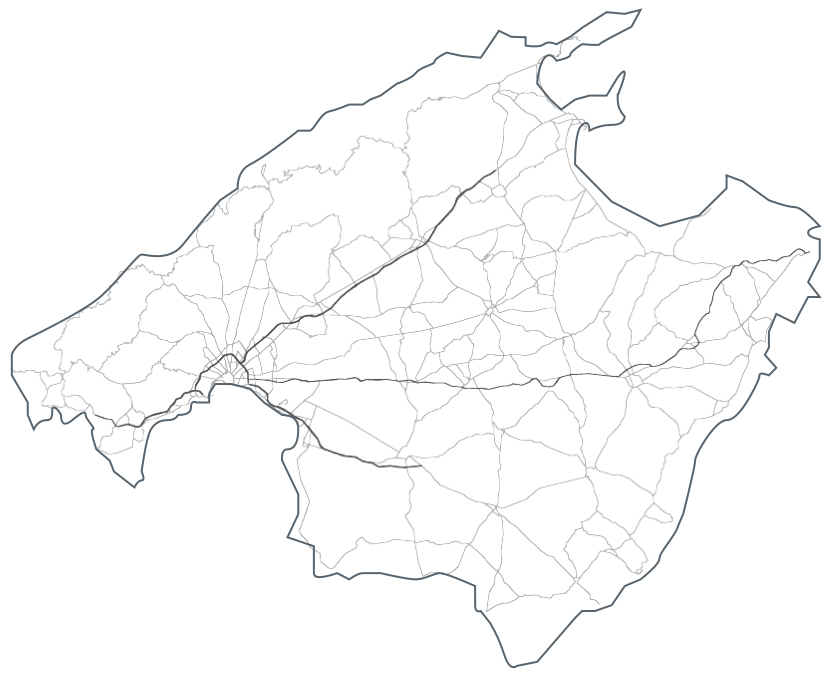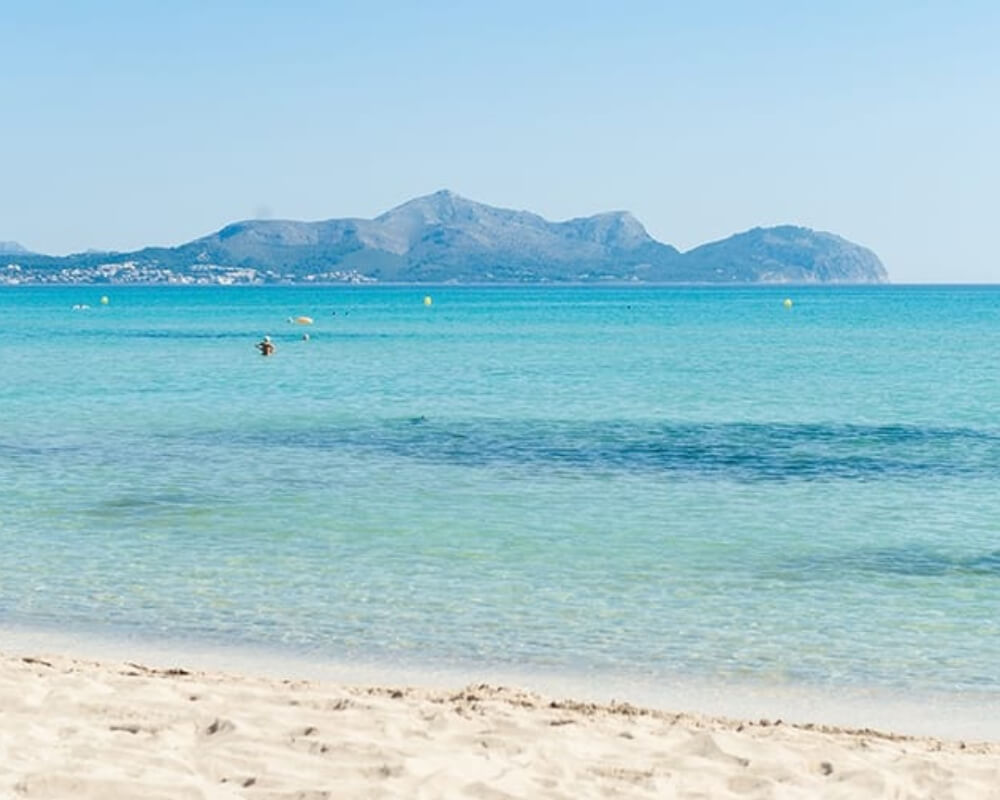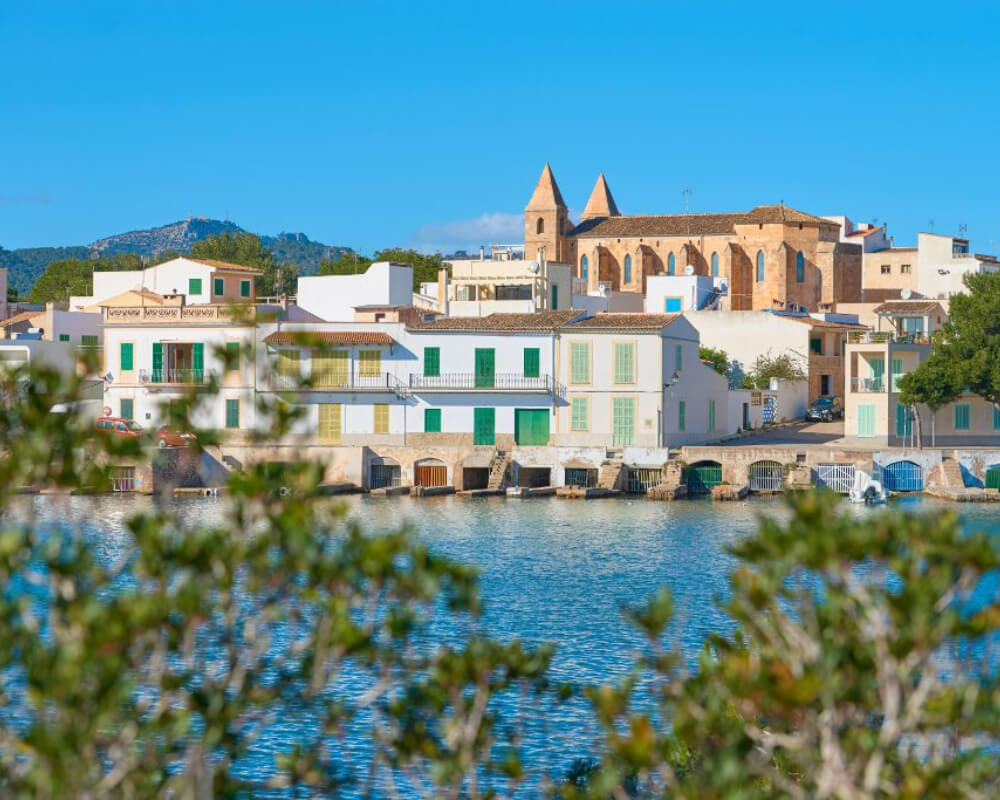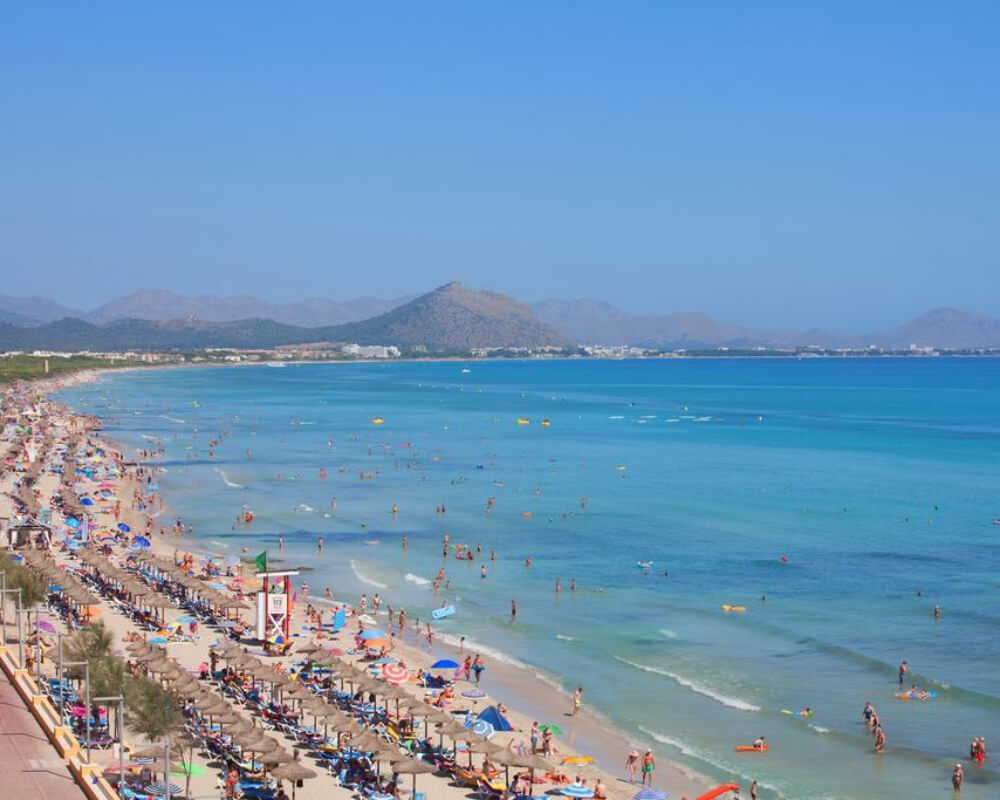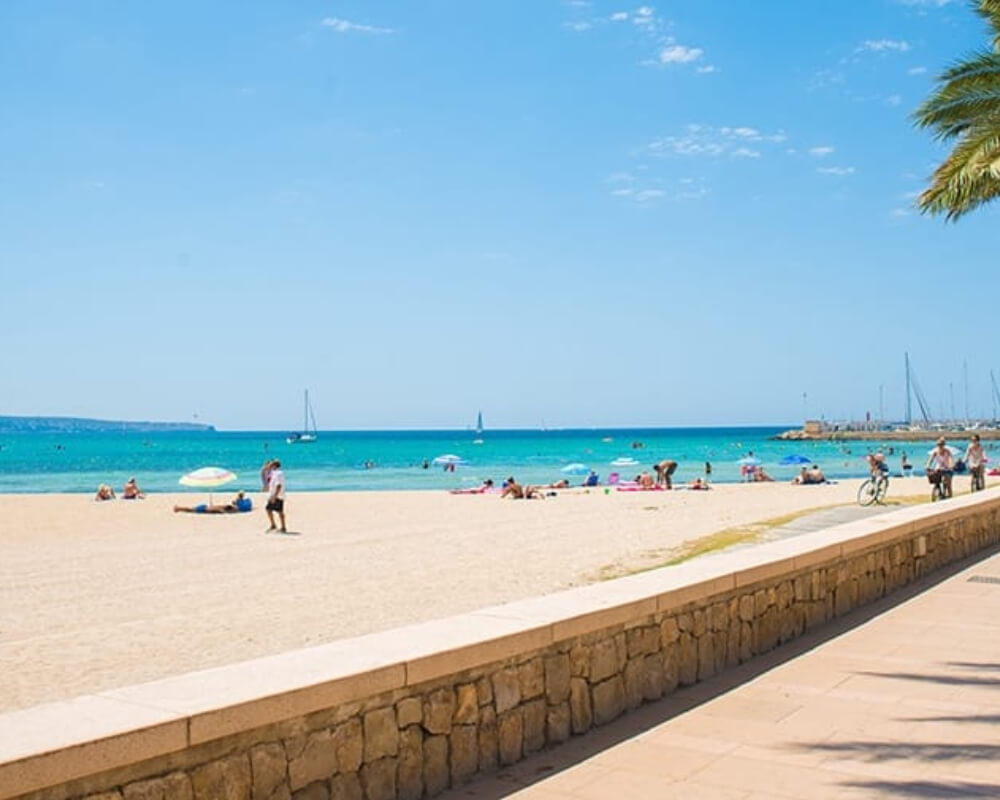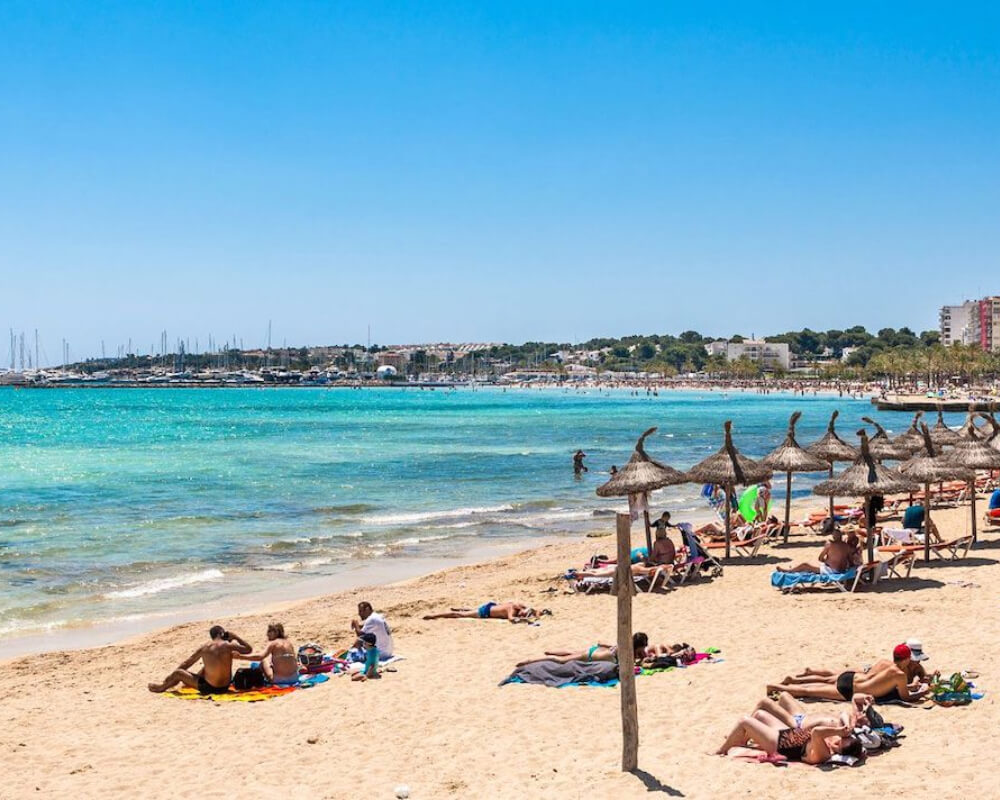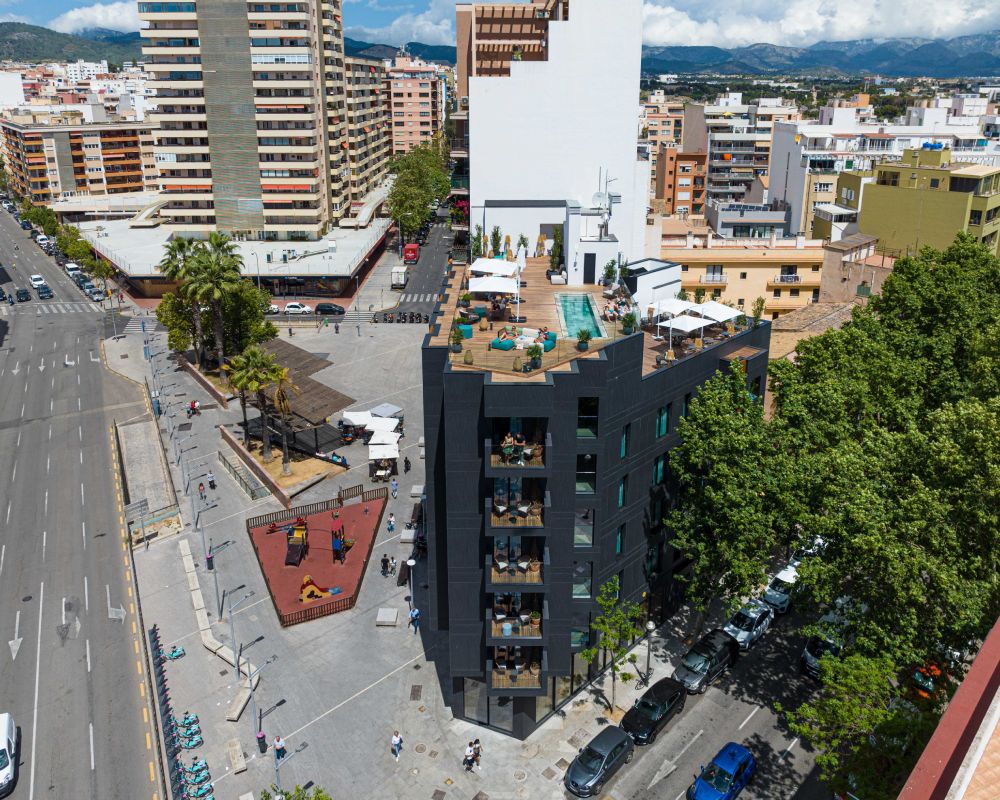JS Alcudi Mar is in a prime location only 100 m from Playa de Muro, a quiet, supervised beach with shallow waters, perfect for children. In the area, you can enjoy a wide range of recreational activities. It is the perfect environment for going on excursions or family trips, such as visiting the S’Albufera Natural Park, which is right next to the hotel, or spending a day in the HidroPark Alcudia water park, only 5 km away. The hotel has spacious suites, as well as services for the youngest members of the family: an outdoor children’s park, a pool with a children’s area, computers with games in the common areas, free Wi-Fi, board games and ping-pong tables.
The spa at JS Alcudi Mar has a revitalising pool, jacuzzi, sauna, Turkish bath, Vichy shower and relaxation area, as well as a fully equipped gym and paid massage services. Under 16’s can access the spa during certain hours.
The 2 cycling centres of JS Alcudi Mar are in Playa de Muro, a truly exclusive part of the coast. Depending on your needs, and whether you are a beginner or a professional, we have 2 options for your cycling holidays in Mallorca: our free cycling centre and our specialised cycling centre (managed by Philipps Bike Team – New in 2022). The facilities are within the premises of the hotel.
JS Alcudi Mar, in the heart of Playa de Muro, has a function room for conferences and business meetings where you can host your corporate events. Bathed in natural light, it is well-lit and has audio-visual equipment for presentations.






